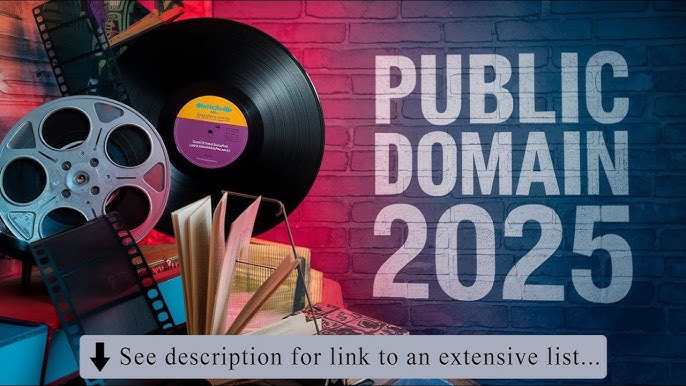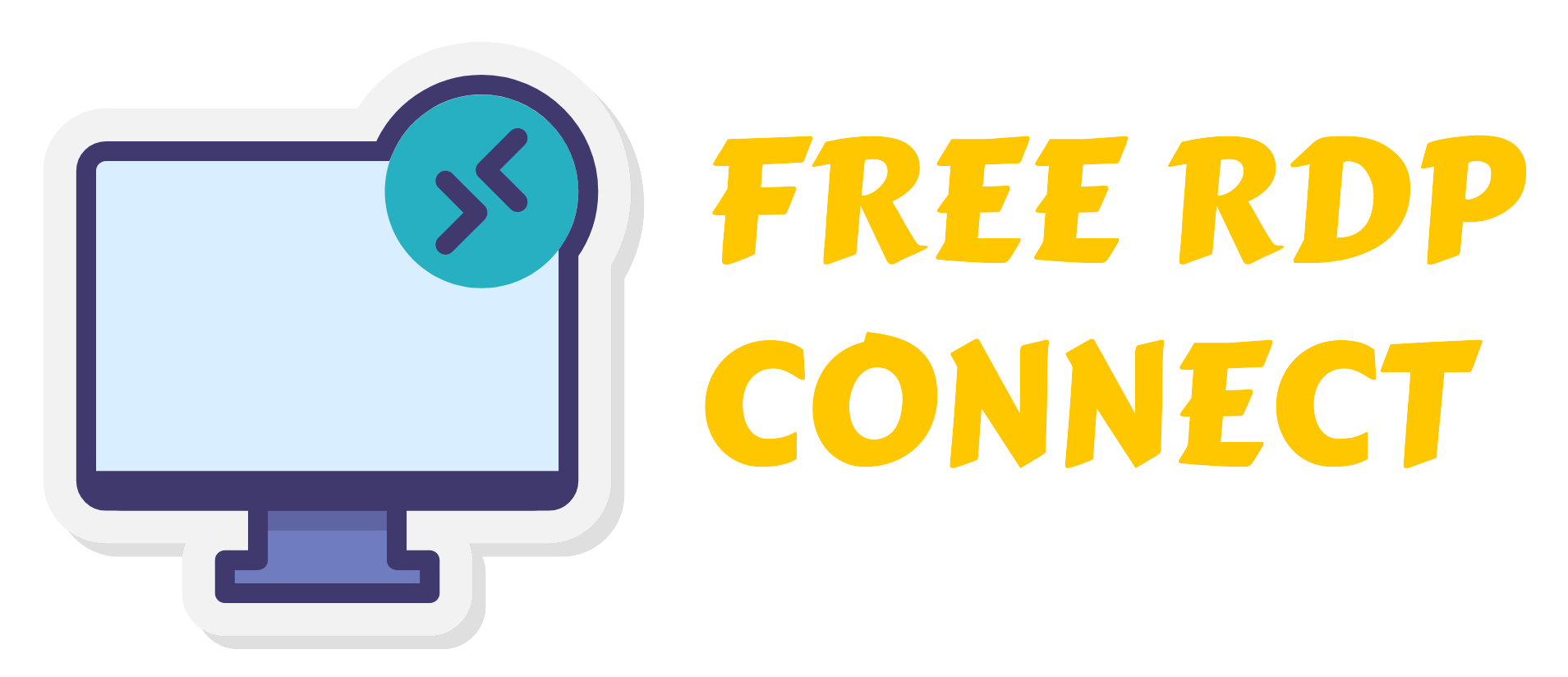
In 2025, securing a free domain name has become more accessible than ever. Whether you are an entrepreneur launching a new venture, a student building a portfolio, or a hobbyist sharing your passion, the prospect of getting a domain name without incurring costs can be highly appealing. In this guide, we delve deep into the concept of free domains, how to obtain them, their benefits, drawbacks, and whether they are the right choice for you.
What Is a Domain Name?
A domain name is your address on the internet, making it easier for users to find your website. Instead of typing a string of numbers (IP address), people use easy-to-remember names like example.com. Domain names consist of two main parts:
- Second-Level Domain (SLD): The unique name chosen by the user, such as “example.”
- Top-Level Domain (TLD): The extension that follows, such as “.com,” “.net,” or “.org.”
Why Are Free Domains Attractive?
Free domains remove the barrier of cost, allowing individuals and organizations to establish an online presence with minimal financial risk. Here are some compelling reasons why free domains are in demand:
- Cost Savings: Perfect for those on tight budgets.
- Experimentation: Ideal for testing website ideas without committing financially.
- Accessibility: Provides beginners with an opportunity to learn about web hosting and domain management.
- Quick Setup: Many providers offer streamlined registration processes.
How to Get a Free Domain Name in 2025
1. Free Domain Providers
Several organizations and companies specialize in offering free domain names. Below are some of the leading platforms:
a. Freenom
- Offers free domains with TLDs like
.tk,.ml,.ga,.cf, and.gq. - Ideal for personal projects or non-commercial use.
- Registration process is straightforward, requiring minimal technical expertise.
b. GitHub Pages
- Provides a free subdomain like
yourusername.github.io. - Suitable for developers hosting portfolio sites or open-source projects.
c. WordPress.com
- Offers a free subdomain, such as
yoursite.wordpress.com. - Great for bloggers and small businesses starting out.
d. InfinityFree
- Offers free subdomains and hosting services.
- Recommended for testing and learning purposes.
2. Promotions by Hosting Companies
Many hosting providers include a free domain name as part of their hosting packages. While these aren’t technically free, they can be cost-effective if you’re planning to pay for hosting anyway. Examples include:
- Bluehost: Free domain for the first year with hosting.
- Hostinger: Offers affordable plans with a free domain.
- SiteGround: Includes a free domain during promotions.
3. Educational Initiatives
Organizations like Namecheap and Google have initiatives targeting students and nonprofits, often including free domain names as part of their offerings. Examples:
- GitHub Student Developer Pack: Provides free domains for students through partners.
- Google for Nonprofits: Offers domain registration discounts and sometimes waivers.
Benefits of Free Domains
Free domains come with several advantages that make them enticing, especially for first-time users. Here are the key benefits:
1. Zero Financial Investment
No upfront or recurring costs mean you can focus resources on other aspects of your project.
2. Ease of Access
Obtaining a free domain is usually quick and hassle-free, making it an excellent choice for non-technical users.
3. Learning Opportunities
For beginners, free domains provide a platform to explore website development, hosting, and SEO strategies without financial pressure.
4. Short-Term Projects
Ideal for temporary campaigns, events, or testing website ideas.
Drawbacks of Free Domains
While free domains are appealing, they come with certain limitations that may not suit everyone:
1. Limited TLD Choices
Free domains often use less common extensions like .tk or .ml, which may lack credibility compared to .com or .org.
2. Ownership Restrictions
In many cases, the domain provider retains ownership, meaning you have limited control.
3. Advertisements
Free domain providers may display ads on your website, potentially affecting user experience.
4. SEO Challenges
Search engines might prioritize paid domains, making it harder for free domains to rank high.
5. Limited Support
Customer support for free domains is often minimal, leaving users to troubleshoot issues independently.
Are Free Domains Right for You?
Whether a free domain suits you depends on your needs and goals. Below is a breakdown of scenarios where a free domain might be a good fit:
Ideal for:
- Students building portfolios.
- Nonprofits with limited budgets.
- Short-term or experimental projects.
Not Ideal for:
- Businesses seeking credibility.
- High-traffic websites requiring robust hosting.
- Projects needing long-term stability and ownership.
Tips for Choosing the Right Free Domain Provider
- Understand Your Needs: Evaluate whether a free domain meets your project’s objectives.
- Research Providers: Compare offerings, terms, and limitations.
- Check Renewal Policies: Some free domains may require payment after an initial free period.
- Read Reviews: Learn from the experiences of other users.
The Future of Free Domains
As internet accessibility continues to expand, free domain offerings are likely to evolve. Companies are exploring innovative ways to provide cost-effective or free online tools to attract new users and support digital inclusivity.
Conclusion
Free domains in 2025 offer an excellent starting point for anyone looking to establish an online presence without financial barriers. While they are not without limitations, their accessibility and cost-free nature make them a valuable resource for specific use cases. By understanding the benefits, drawbacks, and available options, you can make an informed decision about whether a free domain is the right choice for your needs.


Leave a Reply